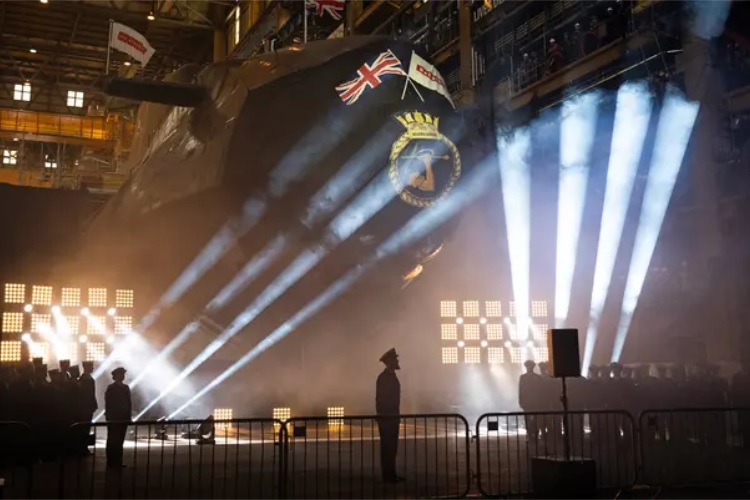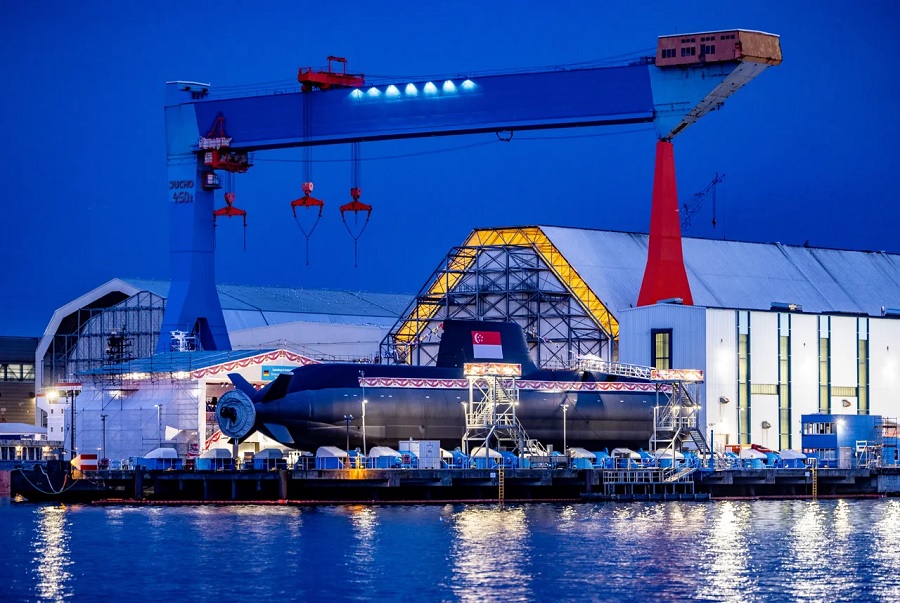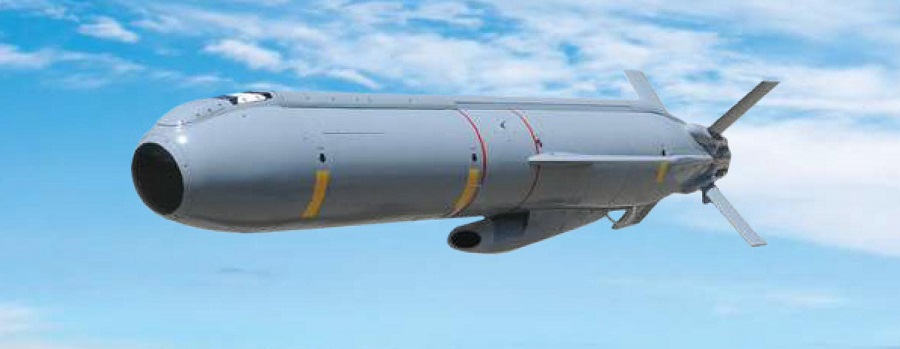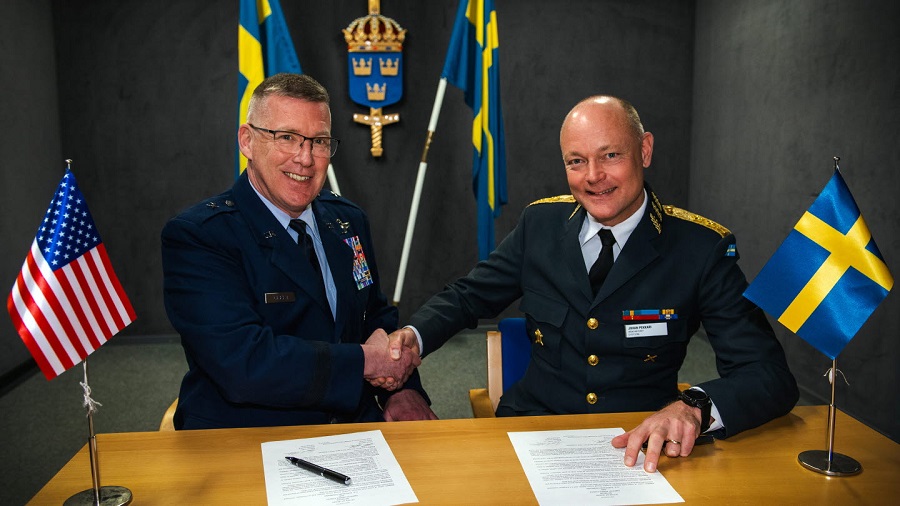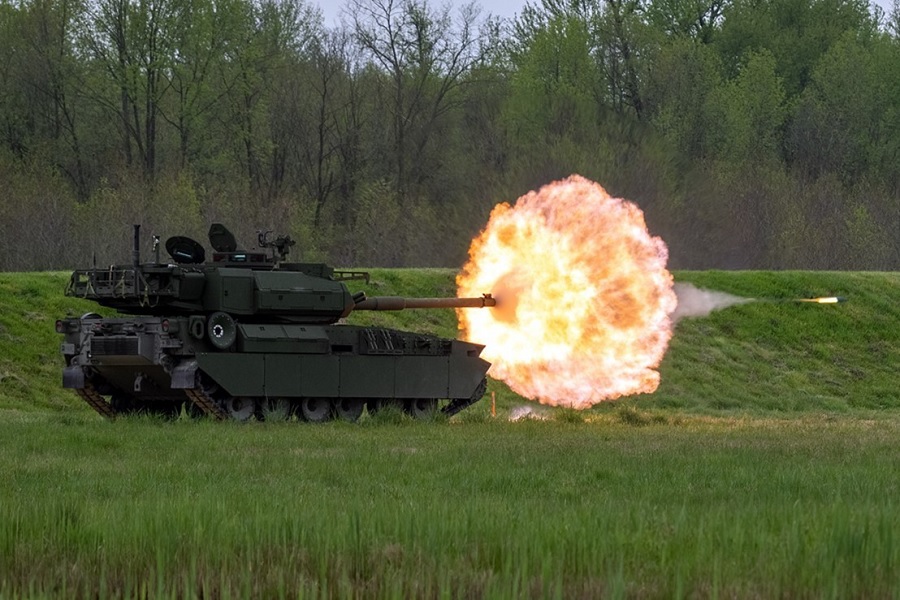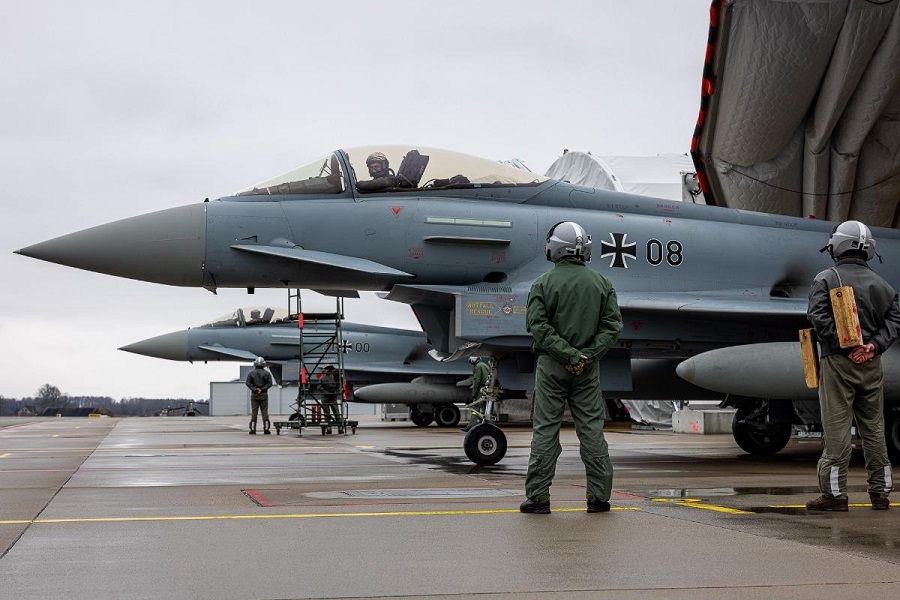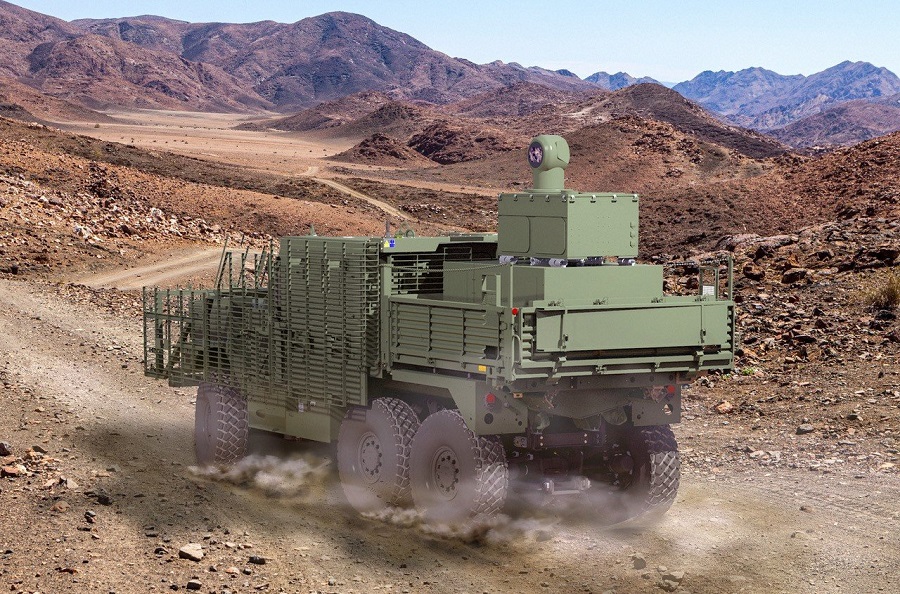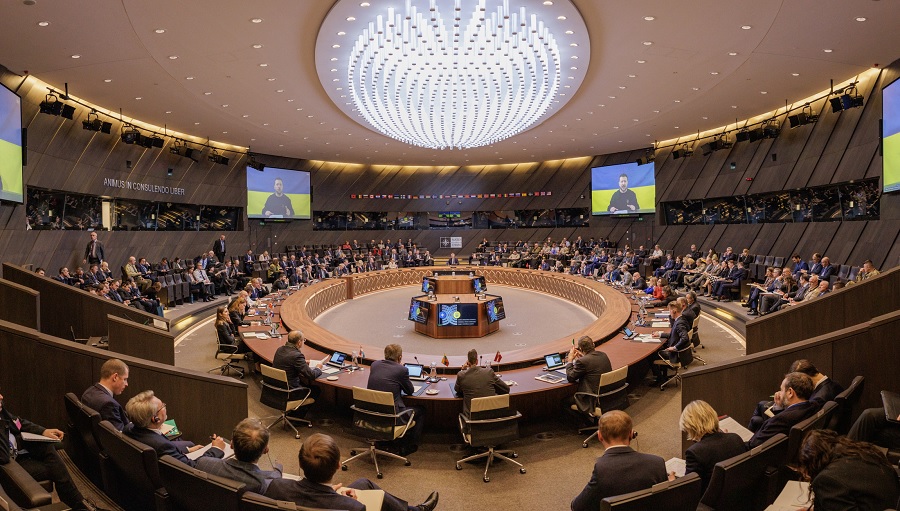Operational focus
The new projects adopted in the fifth wave will help increase the coherence of the European capability landscape and deliver operational benefits for European Armed Forces. Projects range from the development of new military capabilities and the identification of future needs in areas such as future military rotorcrafts and air-launched missiles, to communication infrastructure and joint training for defence airlift. The 11 new projects cover six military domains: training (1) land (2), maritime (3), air (2), cyber/C4ISR (2) and joint, enabling (1) and will be led by seven different Member States as project coordinators.
High Representative/Head of the Agency, Josep Borrell, said: “Against the backdrop of Russia’s war of aggression against Ukraine and its military implications, including the requirements for high-intensity warfare, these new PESCO projects aim at delivering critical capabilities with a more operational focus. We cannot build a stronger European defence without ensuring European armed forces are ready and well-equipped for future challenges. Today PESCO is moving forward and by 2025 over 50 projects will reach their delivery phase, enhancing the EU’s defence cooperation and the EU’s ability to act.”
Critical defence capabilities
- Critical Seabed Infrastructure Protection – The Critical Seabed Infrastructure Protection (CSIP) project aims at increasing the EU’s operational efficiency in the protection of critical maritime infrastructure by making best use of current, and the development of future, underwater assets.The six participating Member States are: Italy, Germany, Spain, France, Portugal, and Sweden. An initial project timeline for the collection and harmonisation of requirements will run until 2024 with a possible agreement on a common procurement foreseen in 2028.
- Next Generation Medium Helicopter – The Next Generation Medium Helicopter (NGMH) project aims to create a dedicated forum that will address operational needs both on the upgrade of existing fleets and on the European Next Generation Rotorcraft, harmonising the needs and timelines of EU countries on the future capabilities of rotorcrafts.The NGMH will ensure the availability and suitability of EU helicopter fleets until 2040 and the preparation of the European Next Generation Rotorcraft, including the ability to face high intensity conflicts. The project launch and execution year is planned for 2023, with four participating Member States: France, Italy, Finland and Sweden.
- Counter Battery Sensors – The Counter Battery Sensors (CoBaS) project aims at developing a common concept for a next generation counter-battery capability for EU armed forces and facilitating future common procurement of means for counter-artillery. Current warfare trends have reasserted the primary importance and massive use of artillery capabilities on the battlefield. In this context, the project will increase participating Member States’ ability to respond more efficiently to future trends in high intensity conflicts.France and Netherlands are the two participating Member States. CoBaS will deliver the newest set of capabilities, benefitting from the emerging technologies and adapted to new threats that are linked to the performance of effective artillery systems developed by 2030-2035.
- Further projects include air-to-air and anti-torpedo munitions – Eight further projects include European Defence Airlift Training Academy (EDA-TA); Anti-Torpedo Torpedo (ATT); Future Short-Range Air to Air Missile (FSRM); Integrated Unmanned Ground Systems 2 (iUGS2); Integrated Multi-Layer Air and Missile Defence system (IMLAMD); Arctic Command & Control Effector and Sensor System (ACCESS); Robust Communication Infrastructure and Networks (ROCOMIN); and ROLE 2F.
EDA Chief Executive, Jiří Šedivý, said: “These new 11 projects reflect Member States’ interaction during the last CARD process as well as their intention to better coordinate defence planning and capability development practices. They also stimulate the PESCO process by delivering next generation capabilities in different domains that require a joint effort at the EU level. EDA supports fifteen PESCO projects and stands ready to support its Member States going forward.”
PESCO welcomes Denmark and closes three projects
On 23 May 2023, the Council confirmed that the participation of Denmark in PESCO, several weeks after Denmark joined the EDA.
Furthermore, three PESCO projects have closed earlier in 2023: Indirect Fire Support (EuroArtillery), EU Test and Evaluation Centres (EUTEC) and Co-basing, and three other projects are in the closing phase. As of today, 68 PESCO projects are on-going, 47 of the projects will reach the execution phase up to 2025. Out of them, 21 projects have already reached that phase and it can be expected that 26 more projects will follow until 2025.


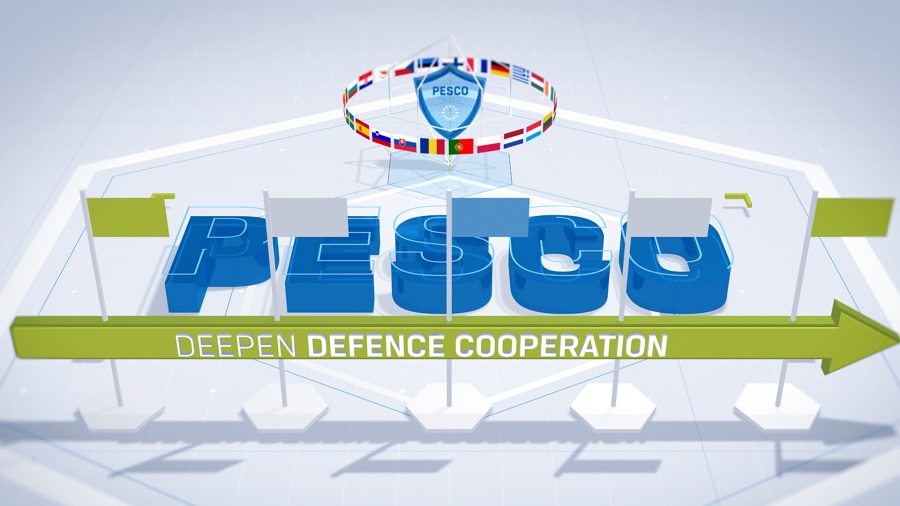

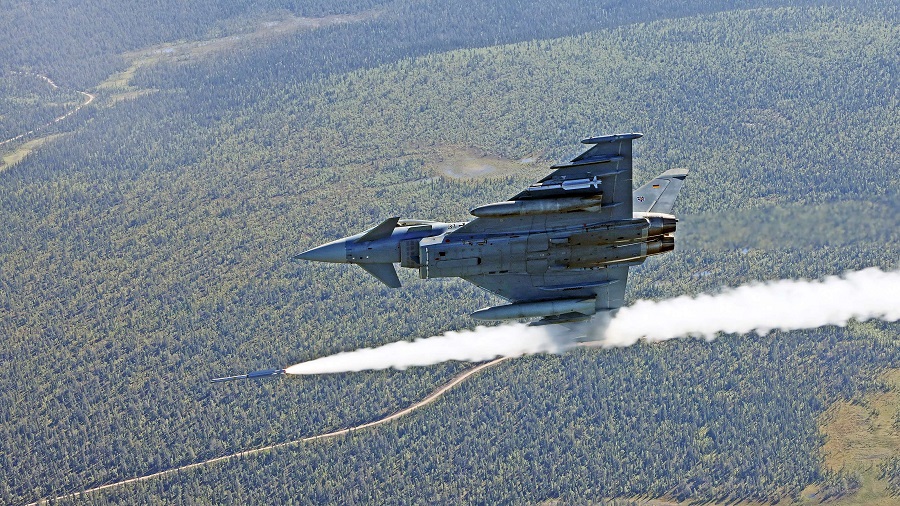
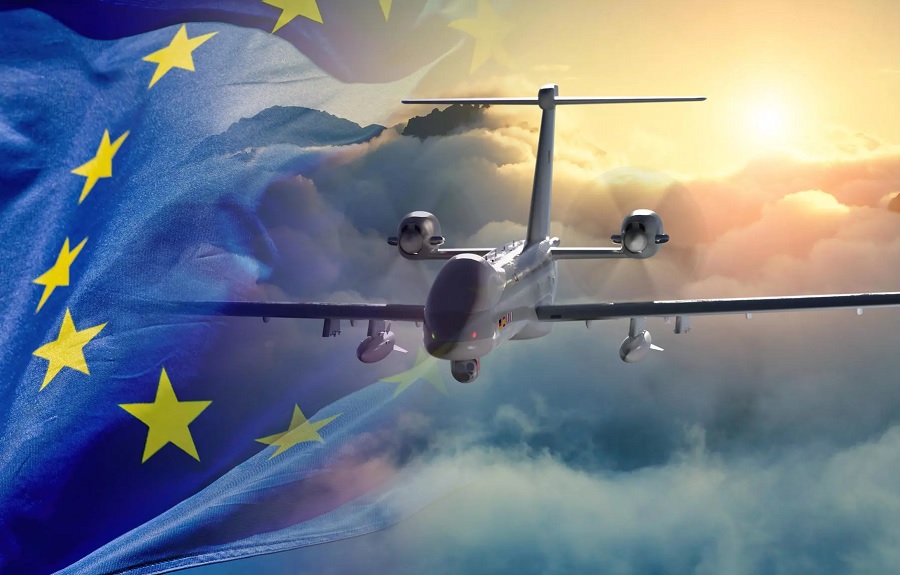

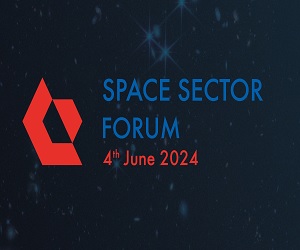

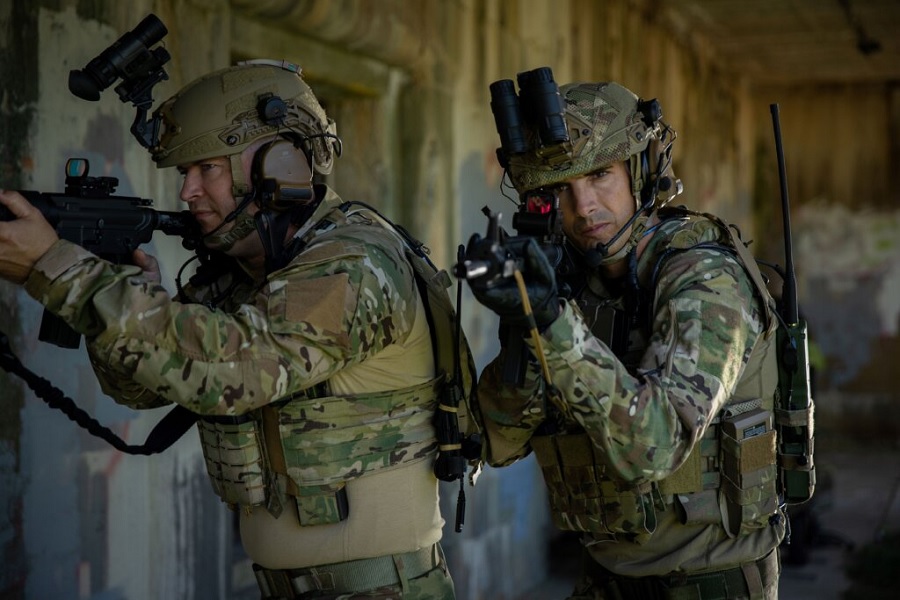
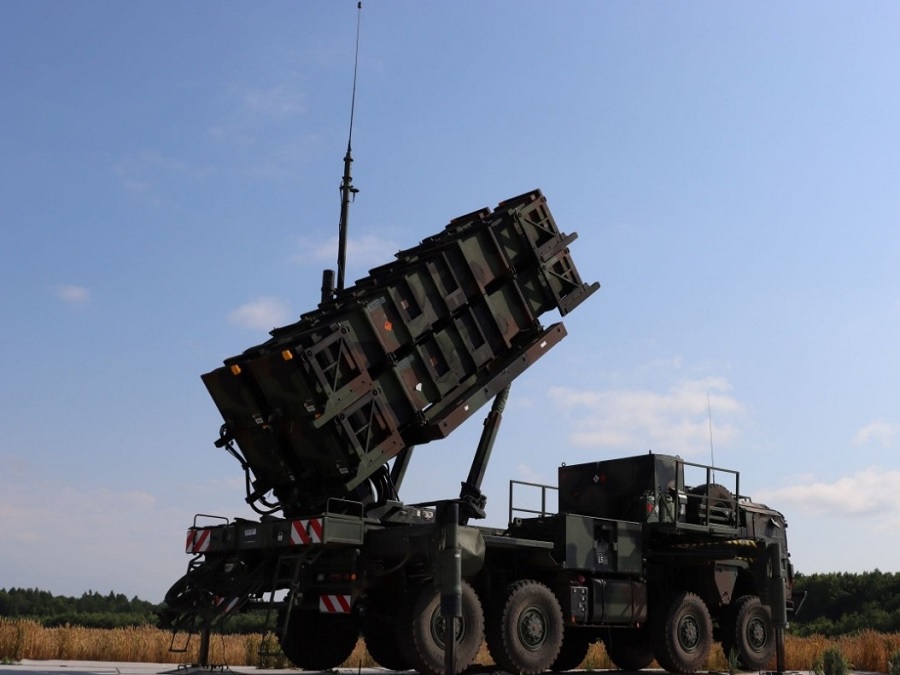
![Russian forces capture Ukrainian Leopard 2A6 main battle tank [VIDEO]](https://defence-industry.eu/wp-content/uploads/2024/04/Russian-forces-capture-Ukrainian-Leopard-2A6-main-battle-tank-VIDEO.jpg)
